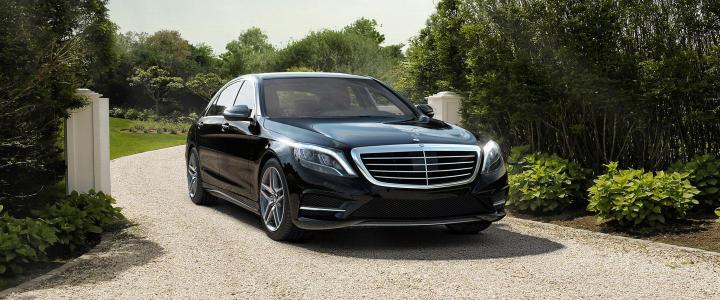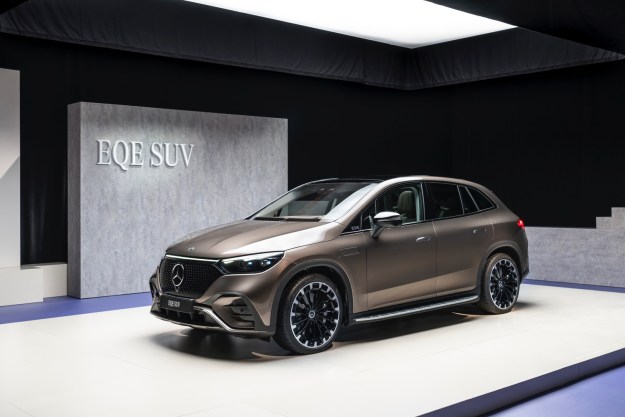
The Mercedes-Benz subsidiary was revived in 2002 after a long period of post-WWII hibernation, but things didn’t go so well. Despite being heavily hyped by the entertainment industry (which included Rick Ross’ record label Maybach Music Group), the brand sold less than 3,000 units over a ten-year period.
And thus, Maybach was killed off. Or so we thought.
Car and Driver has confirmed that Mercedes will revive the Maybach moniker with a stretched version of the S-Class (pictured) at the LA Auto Show.
Gordon Wagener, Mercedes’ global Head of Design, said the elongated sedan would be nearly 10 inches longer than the current range-topping S600. The ‘Mercedes Maybach’ will reportedly measure 5.5 meters (approximately 18 feet) and feature more luxurious elements than all the current flagships.
High-rolling customers can rest assured the Maybach will equip biturbo V12 power, wear only the finest interior materials, feature a fully-reclining seat, and fit exclusive Maybach livery throughout.
As we reported in July, we expect the limo-esque car to offer a power-operating partition and sofa-like rear seats. Insiders are also predicting the big Merc’ to showcase the brand’s Magic Body Control Suspension, which uses a stereo camera to scan the road conditions and adjusts suspension firmness, damping, and ground clearance as necessary.
Reports indicate the Maybach will be rear-wheel drive.
Related: Next Mercedes-Benz S-Class could feature gesture-recognition tech
It will likely cost a lot more than the $222,000 asking price the S65 AMG Sedan as well. Nothing has been confirmed yet, but the most effective comparison would be the defunct Maybach 57, which retailed for $341,750.
The LA Auto Show commences November 21st.
Editors' Recommendations
- Mercedes G580 electrifies an off-road icon
- How do you crash-test an EV with an 871-pound battery? Mercedes showed us
- 2024 Mercedes-AMG S63 E Performance first drive review: high-performance plug-in
- Mercedes-Benz EQE SUV first drive review: ’90s look, cutting-edge tech
- Mercedes is finally bringing an electric van to the U.S.


